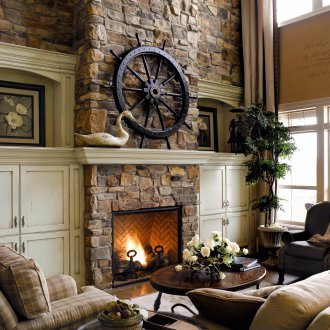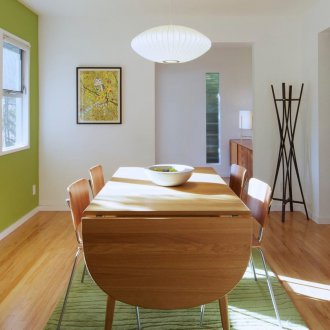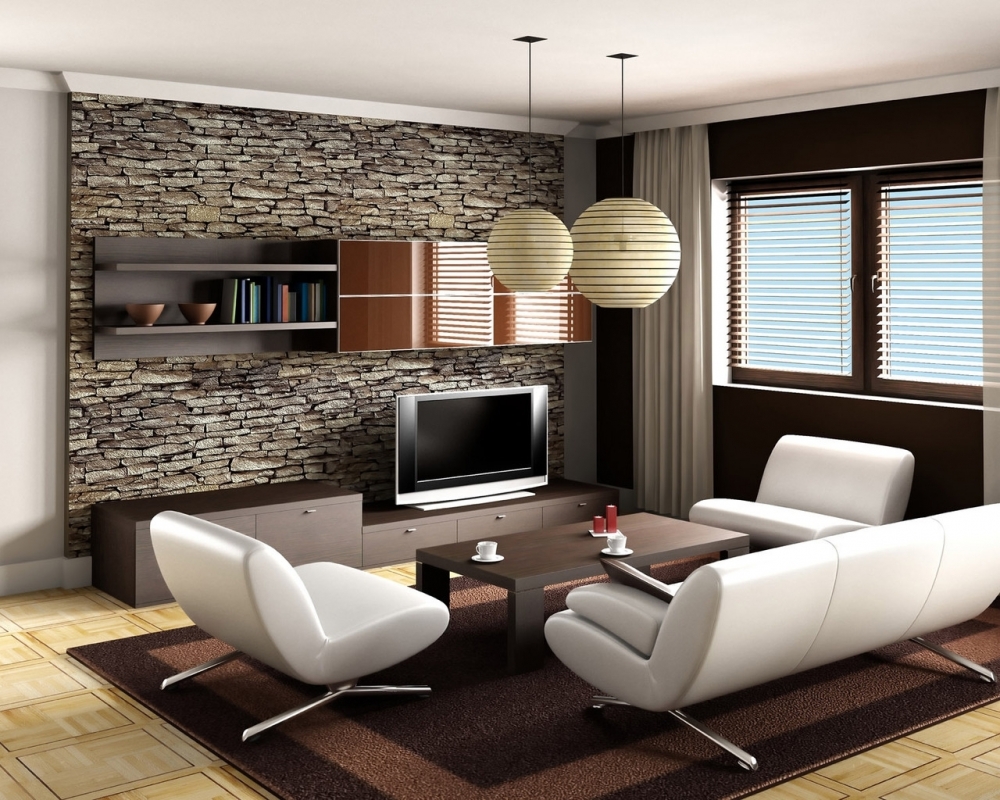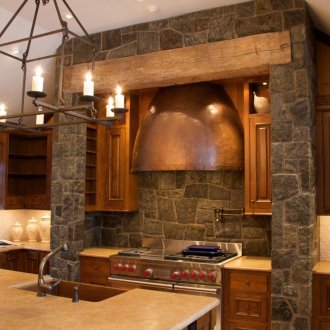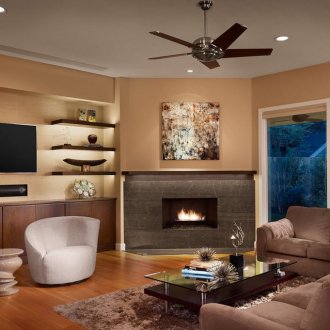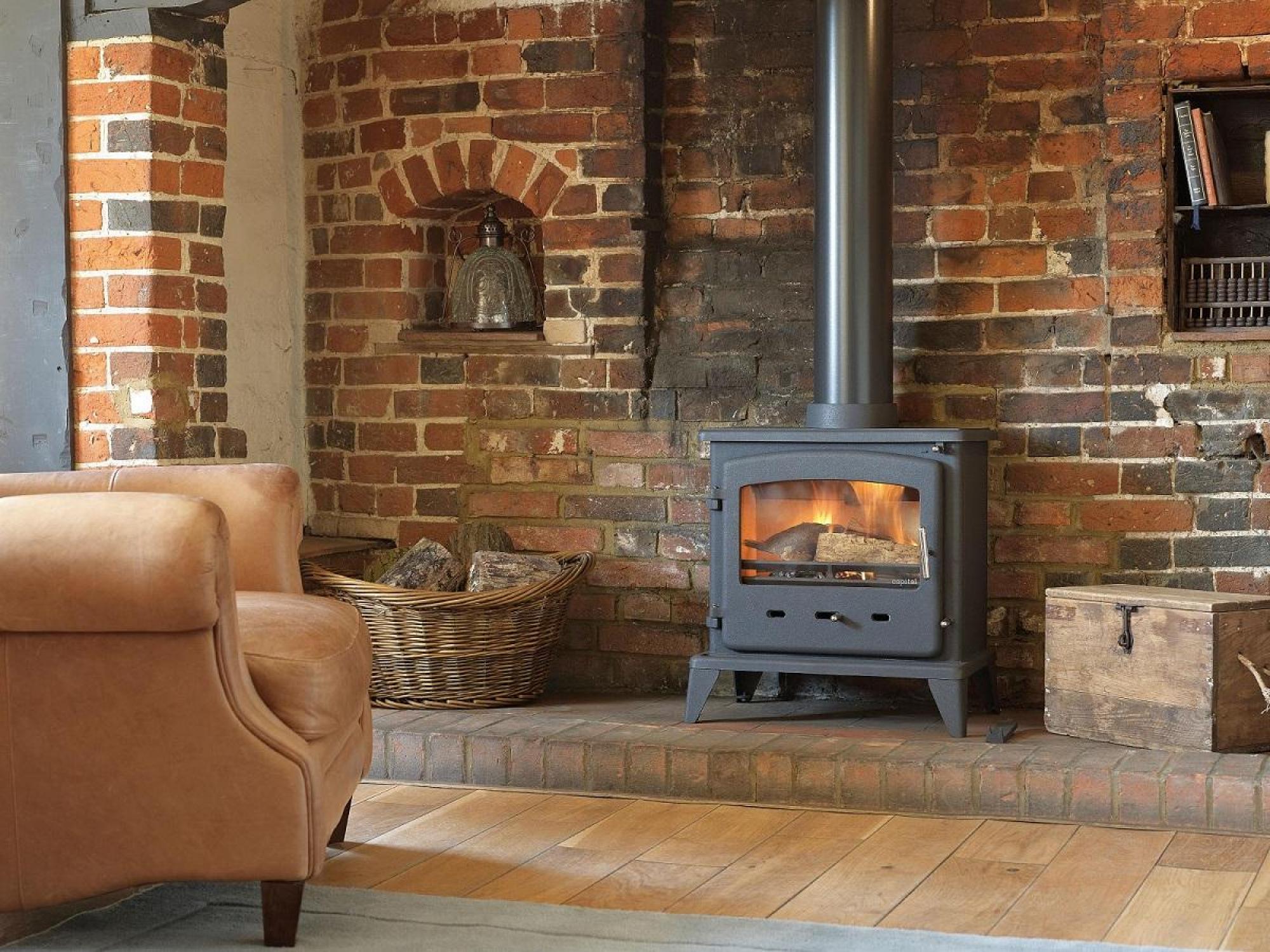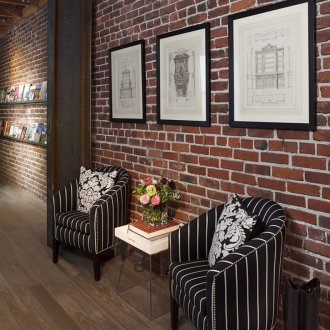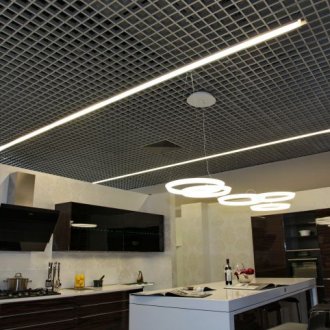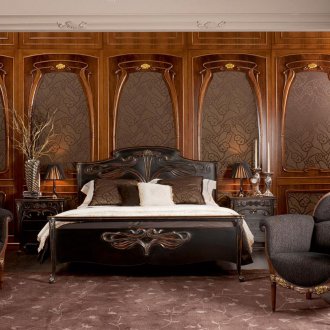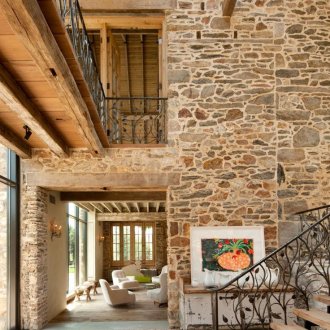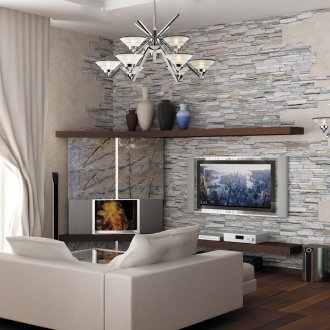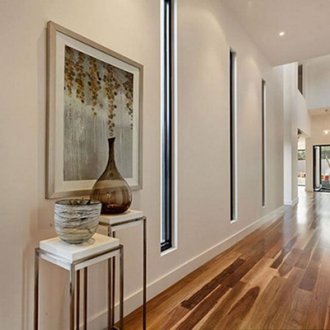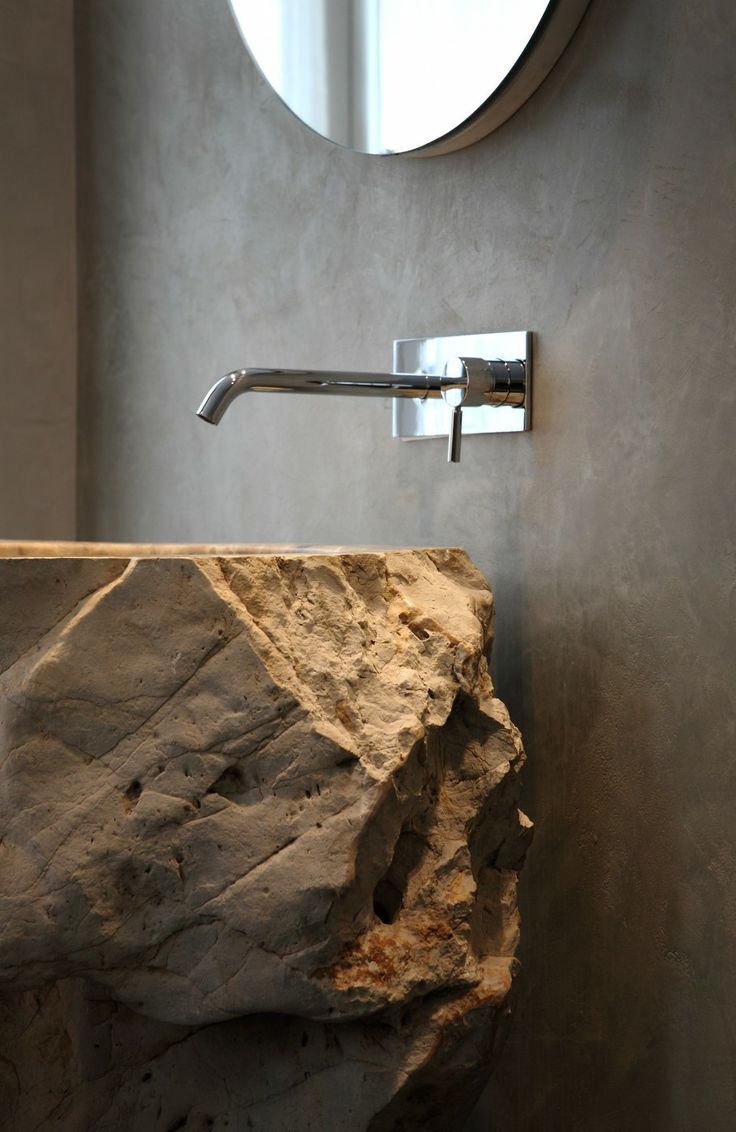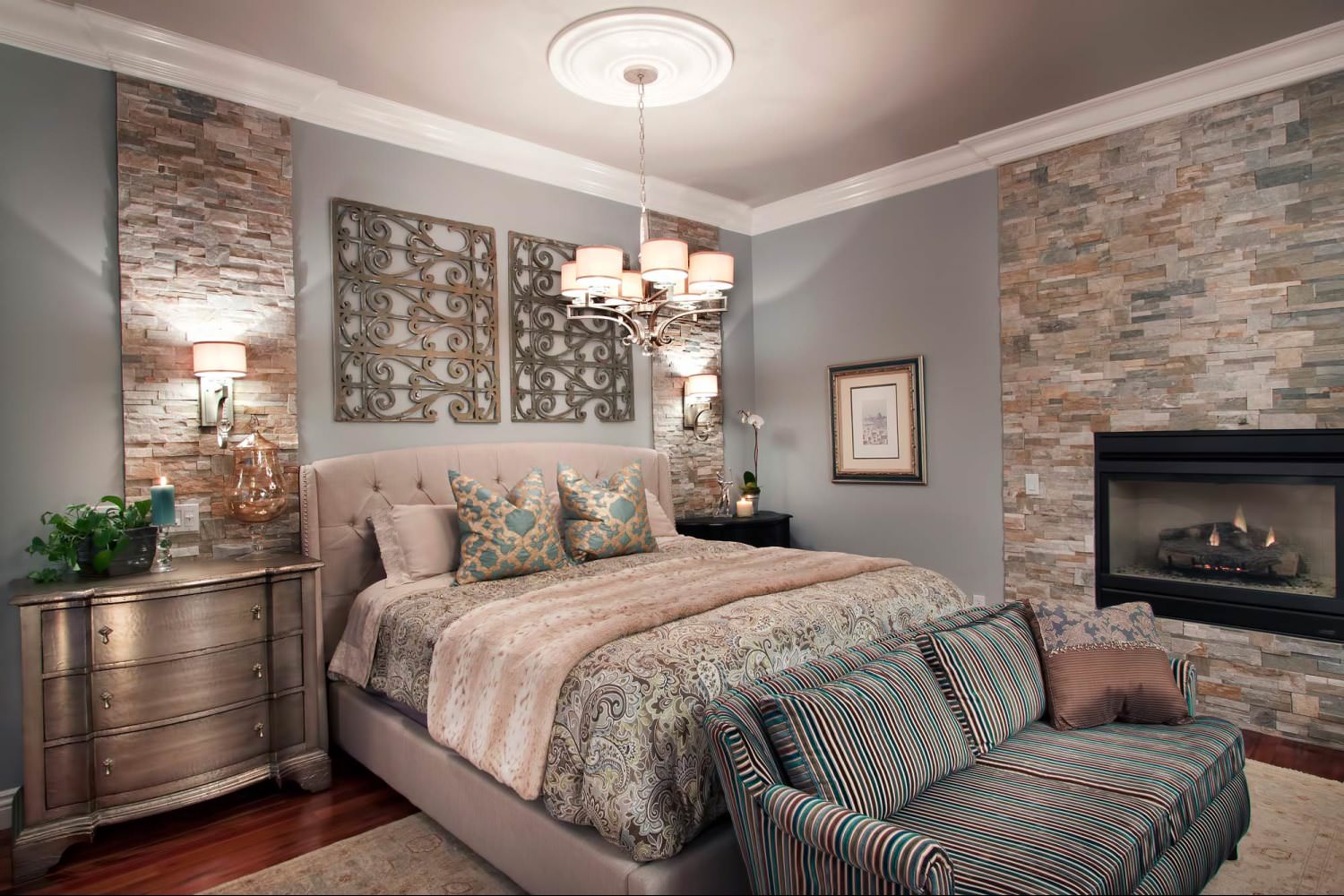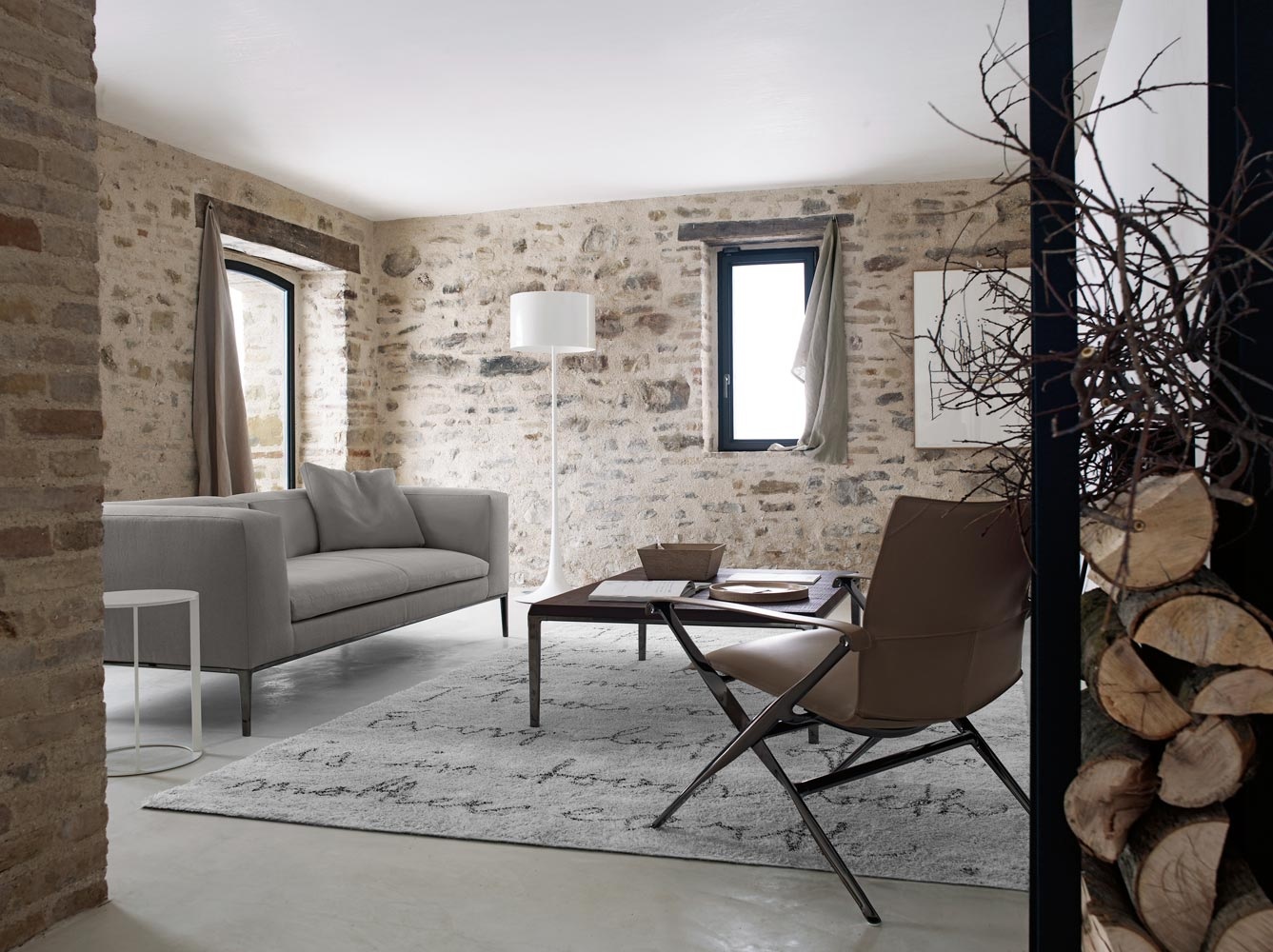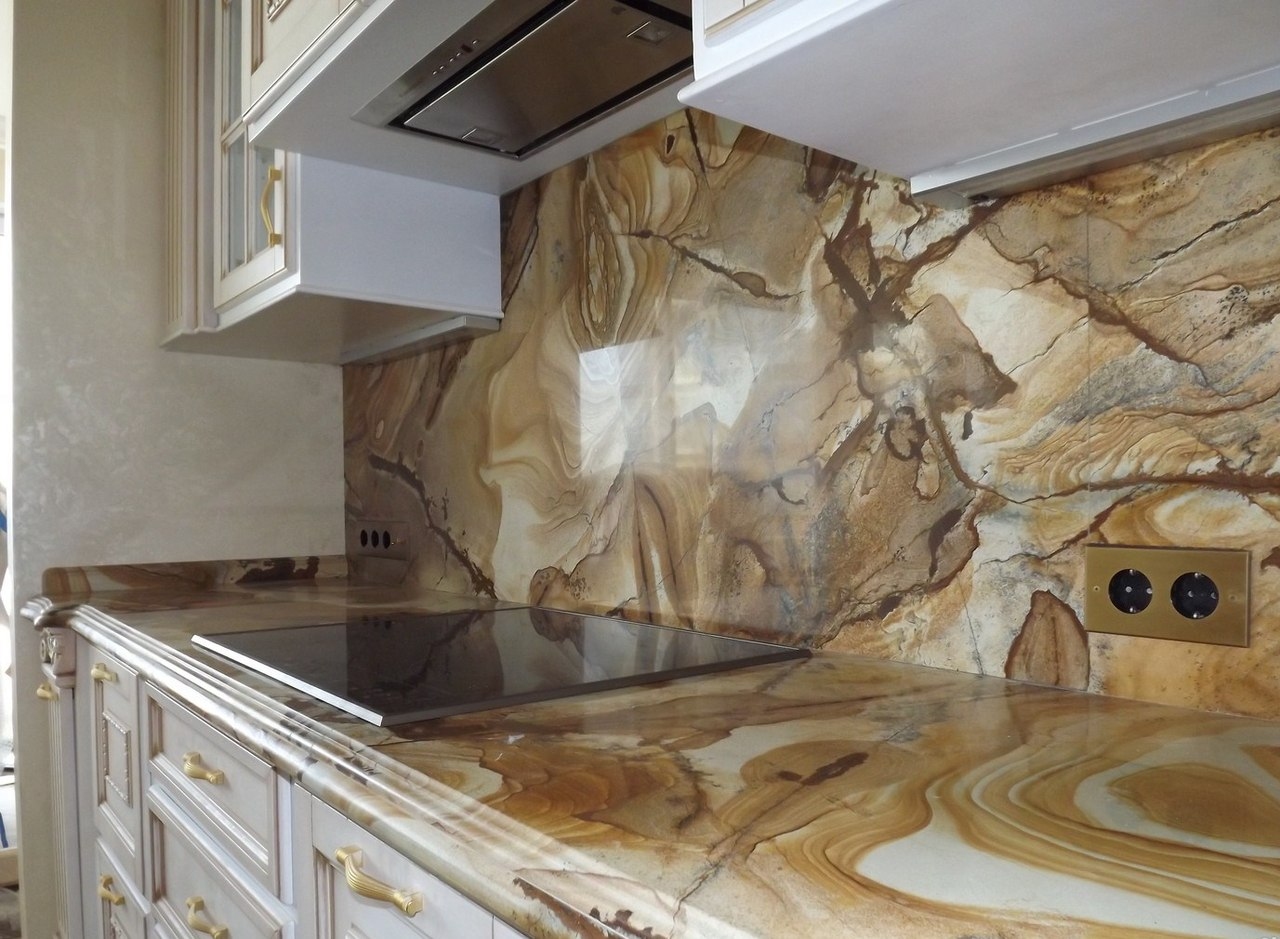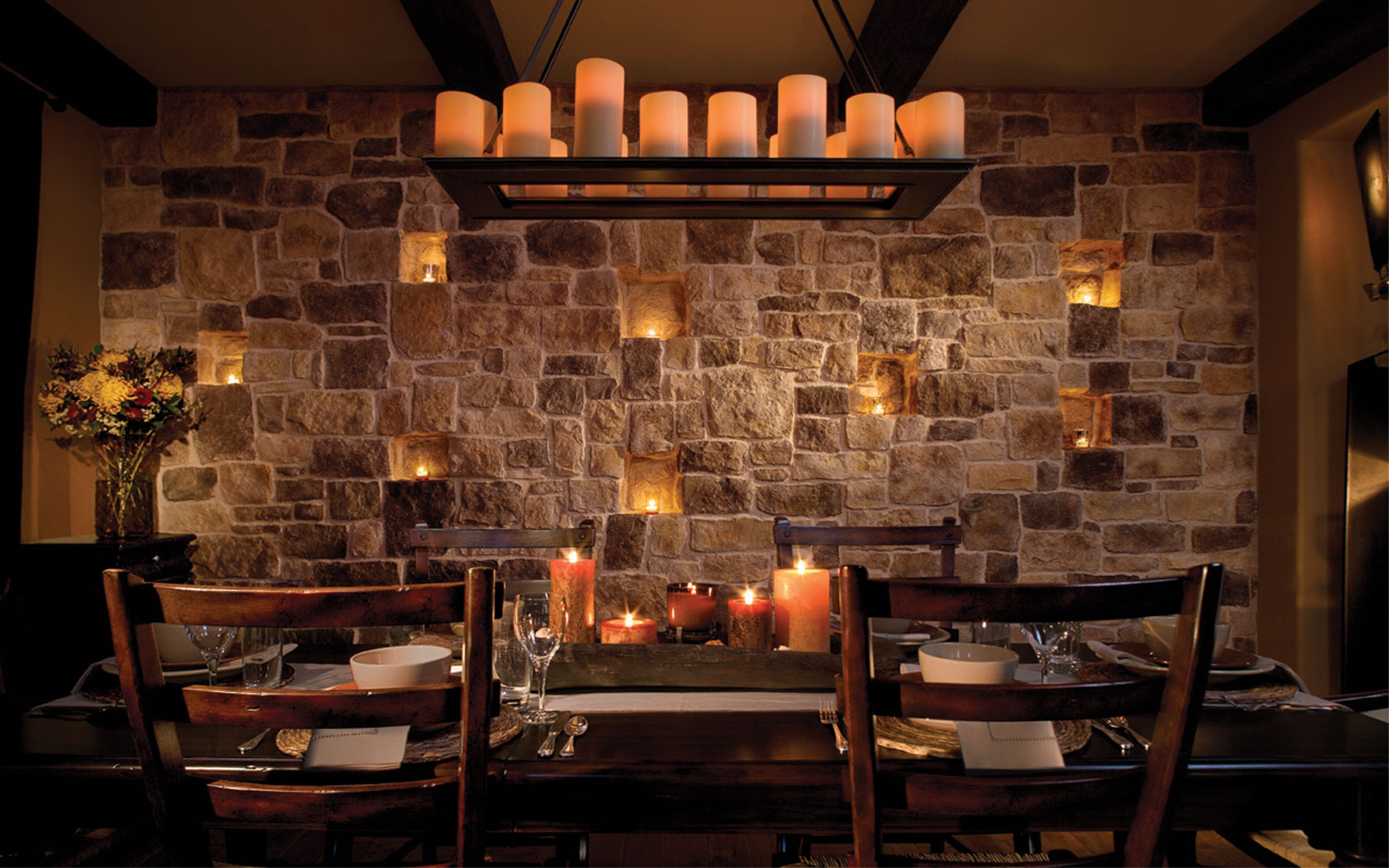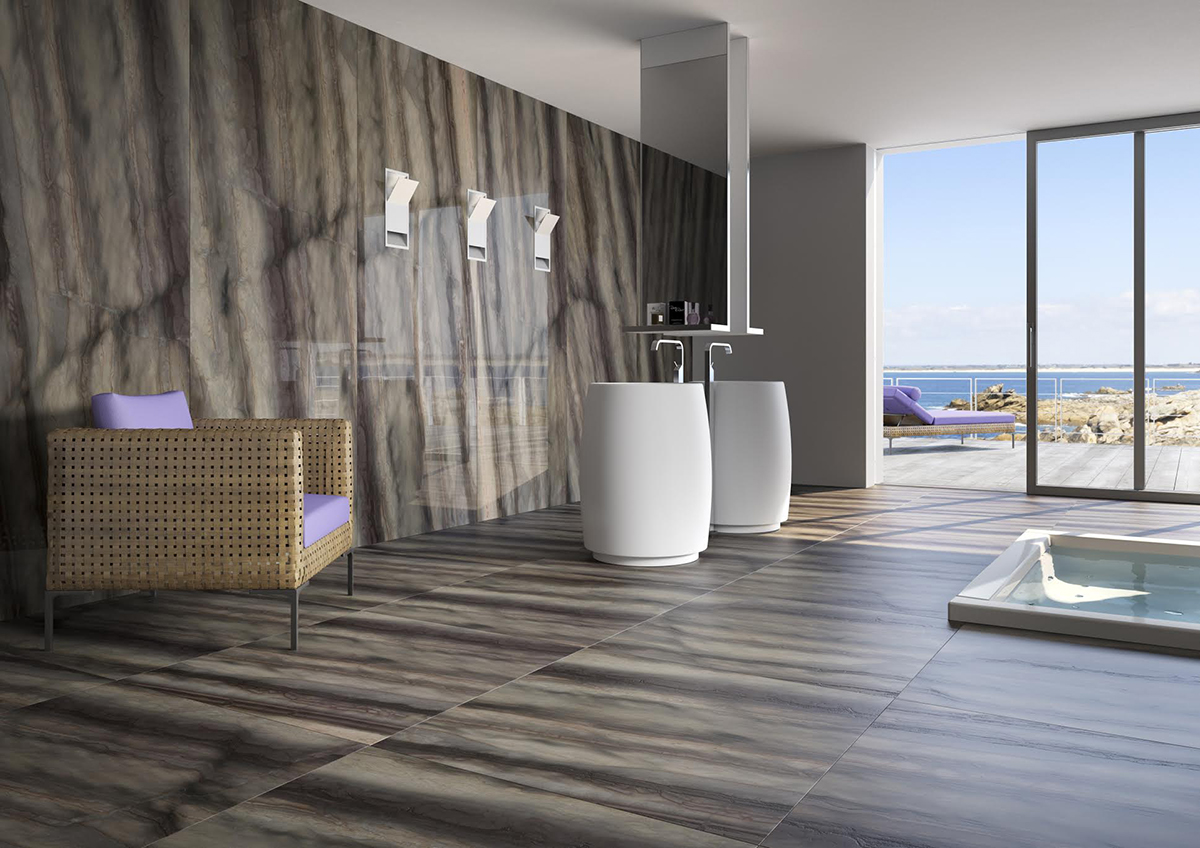Stone in the interior: a frozen moment (24 photos)
Content
Stone is the most durable and durable natural material, there is no point in arguing about this. But some types of this material are also distinguished by high aesthetic characteristics, which is actively used in interior decoration.
Recently, stone has become an increasingly popular type of home decor. With it, you can create a truly original interior design that combines a modern urban style and proximity to nature.
Where is decorative stone used?
From ancient times, the richest people in the world adorned their castles and palaces with this material. It could be found almost everywhere: a stone floor and walls, panels of plates of more expensive rocks, railings, steps, fireplaces and arches.
The use of stone in the interior is still considered one of the most popular methods of decorating rooms. Only at present, more and more often, material of non-natural origin is used, but only its imitation. Such a trifle, however, does not at all affect the aesthetic component of the interior.
Most often, the stone is used to create a historic design and an eclectic English interior. And in that, and in another case, the room does not do without a stylishly furnished fireplace area.
In the modern world, the desire for an organic fusion of human dwelling and the surrounding nature is becoming increasingly popular. In cases where this technique is used, the stone in the interior of the apartment may have an unprocessed, pristine appearance.
Where can I attach a decorative stone?
The idea of unity with mother nature is easiest to implement in a spacious country house. But city dwellers are increasingly choosing this style for the design of cramped apartments in high-rise buildings. Stone in the interior can be used to create the following decorative elements:
- Stone at the corners of the openings. This room decoration technique came to us from distant France. In Provence, people often plastered the walls and ceilings of houses, leaving openings in their original stone form. This was necessary so that the plaster in the corners did not crumble and fend off.
- Imitation of worn surfaces. Recently, this interior design is particularly popular. Looking at this decor, it seems that part of the wall has become damp, the plaster has fallen off, and the apartment owners have no time to hide the exposed masonry of the walls. A decorative stone in the interior of the hallway imitating antiquity can be the subject of admiration and surprise of your guests.
- The fireplace is a symbol of the hearth and comfort. It can be a great addition to the classic interior design and a key element of decor in the English style.
- Arches. To create a beautifully designed entrance to the room, the apartment owners erect a stone arch. It is necessary to choose a breed that will harmoniously fit into the interior of neighboring rooms.
- Stone countertops and window sills.Artificial stone in the interior of the kitchen can not only give the furniture a massive effect, but also for a long time to preserve the beauty of the working surface of the headset or the window on which house plants stand.
A wide variety of breeds, textures and shades allows you to make notes of individuality, sophistication and chic in any interior. The smooth surface of decorative ornaments testifies to the respectability and status of the apartment owners, the embossed texture symbolizes organicity and integrity.
Types of Finishing Stone
Depending on the manufacturing method, this material is divided into the following types: natural stone and flexible.
Material of natural origin
Natural stone in the interior is luxury, chic and sophistication in every detail. For interior decoration, such rocks as marble, granite, travertine, onyx, slate, sandstone, limestone and pebbles are used. The material, which in nature exists in the form of monolithic blocks, is crushed and sawn. The resulting chips are glued onto squares from a polymer mesh. It is in this form that it is bought in stores. The wild stone in the interior looks luxurious both in the bedroom and in the kitchen. Tiles with crumbs or plates made of natural stone adorn arches, walls and doorways.
Natural stone has its advantages and disadvantages. The main advantages include durability and environmental friendliness, and the downsides are high cost, impressive weight and the ability to absorb moisture.
Flexible stone
A unique combination of accessibility and naturalness makes it easy to use flexible stone in the interior of apartments and country houses. It is made of very thin sections of sandstone, the particles of which are bonded together by polymers. When decorating the walls, a flexible stone looks like an imitation of thick wallpaper.
The main advantage of a flexible stone is the possibility of its use in decorating objects of any shape, even round. A great idea for emphasizing individuality in the interior can be gluing with a flexible stone the illuminated surfaces. You can also highlight the following advantageous features of this finishing material:
- Ease;
- Plastic;
- Durability;
- Affordable price.
I must say that the facing stone in the interior of this variety must be used in a minimal amount. This material does not leak moisture or air, which can adversely affect the health of households.
Fake diamond
Depending on the production methods, artificial stone is conventionally divided into two groups.
Imitation of natural textures
For the manufacture of this material, a composition of gypsum or cement is used. Such an artificial stone in the interior of the kitchen or hallway is hardly applicable. When the composition dries, it becomes very heavy, so a stone with a cement base is used more likely for decorating building facades.
It is much easier and more convenient to use artificial stone in the interior of the hallway, bedroom or kitchen with plaster composition.
Today, there are a huge number of varieties of materials that mimic the natural relief. The color of the stone occurs with the participation of pigment dyes, which interfere with the gypsum composition.
White stone in the interior is usually used when decorating rooms in a minimalist and high-tech style. Shades of black and brown are more applicable in the design of kitchens, bathrooms and corridors. The stone in the interior of the living room can have pastel colors, brick and natural colors.
The main advantages of this material include affordable cost, low weight, stain resistance, and the ability to maintain an ideal appearance for a long time. But if durability and moisture resistance are important to you, you do not accept stamping and routine, it is better to refuse to buy an artificial stone.
Smooth cast stone
This material is made of acrylic resin with a filler. It is used in cases where it is impossible to use natural stone in the interior because of the large weight. Artificially created smooth cast stone is used to decorate the surface with imitation of expensive natural breeds. Decorative stone in the interior of the kitchen can be used to create countertops and window sills. The appearance of the material looks so chic that it is sometimes very difficult to distinguish from natural material.
Benefits:
- High moisture resistance. You can even decorate the bathroom with material.
- Immunity to greasy stains.
- The surface is very hard to scratch.
- Any chip can be masked.
Countertops and other surfaces for kitchens and bathrooms can last more than ten years.
Disadvantages:
- Does not let air in. Decorative stone in the interior of the bedroom can only be used to decorate small elements. It is impossible to sheathe walls with this material.
- Unlike natural analogs, the material has a useful life of no more than 15 years.
The wild stone in the interior of the corridor, bedroom or living room is, of course, a beautiful thing, but very expensive. The stone interior can be recreated using cheaper man-made materials. Do not worry that such a cladding will look unnatural. Modern technologies help to create real masterpieces, when looking at which it is difficult to determine what material was used to decorate the room.
Decorative stone in the interior of the living room can be used to decorate, for example, one of the walls, a doorway or window sills. For the bedroom you can buy inexpensive furniture and trim it with a flexible stone. Such details will emphasize the luxury of design and make it unique.
The stone in the classic interior is, first of all, the fireplace and the area around it. You can make an interesting continuation of the fireplace area and decorate the entire wall with stone.
In hi-tech style and with minimalism, the use of stone in the interior is more likely to be local in nature. They are decorated with an impromptu flower garden or countertop in the kitchen. In general, no matter what style you choose, stone can be used everywhere. The main thing is to choose the right color and texture.
